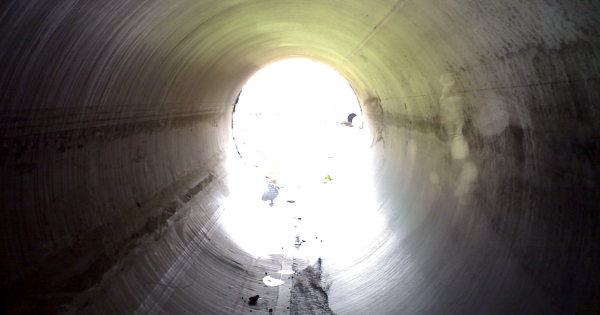Hose clamps are available in a wide variety of materials and dimensions. They are often subject to harsh and strenuous environments. Despite this, they are still expected to perform optimally to prevent leakages. For durability, it is essential to understand the features of the embossed clamps you plan to use. Here are some features and characteristics you will need to consider to find the right clamp for your project.
1. The Stainless Steel Grade
When choosing the grade of steel, you must consider how the environment the clamp is in could accelerate corrosion. In saltwater environments, plated carbon steel will rust at a much faster rate. Most grades below the 300 series are vulnerable to deterioration in marine surroundings.
For heavy-duty and marine applications, it is better to go for embossed clamps between grade 304 and 316 stainless steel. The 316 grade has many applications in the food and medical industries. It is also suitable for environments where the temperature is high.
2. Steel Grade and Galling
Galling is a type of wear that damages the threads when the nut and bolt rub together. It is prevalent in metals such as aluminum, but stainless steel is less prone to the phenomena. However, when using two metals of the same type, the damage rises significantly.
The wear on the threads makes the hose clip harder to open during maintenance. You can lubricate the clamp to reduce incidences of galling. But the best approach is to plan the materials you are going to use before assembly or machining.
3. Zinc-Plated Embossed Clamps
Galling is a type of wear that damages the threads when the nut and bolt rub together. It is prevalent in metals such as aluminum, but stainless steel is less prone to the phenomena. However, when using two metals of the same type, the damage rises significantly.
The wear on the threads makes the hose clip harder to open during maintenance. You can lubricate the clamp to reduce incidences of galling. But the best approach is to plan the materials you are going to use before assembly or machining.
4. Metal Passivation
Passivation is another treatment that is sometimes necessary for embossed clamps in industrial applications. It involves removing impurities from the metal to improve its performance against corrosion. A solution cleans the steel surface off iron and sulfides before assembly.
It is crucial to perform passivation as the last step before using it in your application. That is to ensure all parts of the steel hose clamp are covered. However, caution is necessary during passivation to prevent degrading the metal with the solution.
5. Hose Clamp Design
The design is an essential factor in your choice of hose clamps. Features such as perforated bands help protect the hose from damage when under tension. But embossed clamps are a more recent version that prevents splitting of the band.
The environment the embossed clamp will be exposed to is one of the most crucial factors to consider. Marine surroundings can accelerate rusting for a stainless steel clamp. Remember, saline water accelerates rusting.
However, the same embossed clamp or fitting that would rust quickly in that environment would, otherwise, be okay indoors. For a heavy-duty and saline environment, you ought to go for at least 304-grade steel. Careful planning will yield the best outcomes. For more information on clamps, kindly contact Hose Clamp Kings today.


